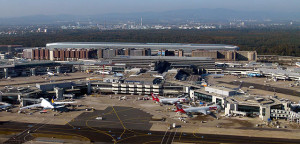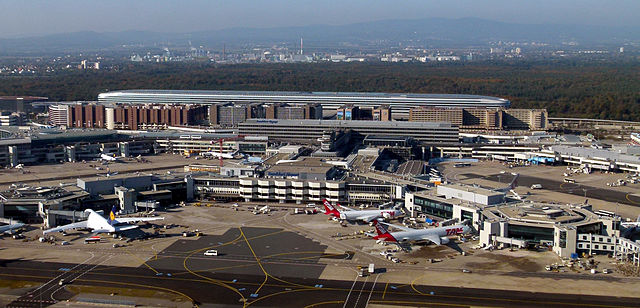 Airfreight market demand worldwide inched up by only 0.3% in October year-on-year, with international freight growing at 0.3% and domestic freight at 0.2%, according to Airports Council International (ACI).
Airfreight market demand worldwide inched up by only 0.3% in October year-on-year, with international freight growing at 0.3% and domestic freight at 0.2%, according to Airports Council International (ACI).
Results for major freight hubs were mixed. While Dubai reported a 10% increase in freight volumes, Frankfurt, Tokyo-Narita, and Taipei experienced declines of 2.0%, 3.4%, and 7.7% respectively. The largest air cargo hubs in Asia—Hong Kong, Shanghai, and Incheon—posted modest growth rates of 2.0%, 2.2%, and 1.3%, respectively, said ACI.
In Brazil, airfreight went down by a substantial 15%, followed by Argentina and Peru with declines of 7.9% and 6.7%, respectively. Strong growth in Mexico (10.7%) was not sufficient to offset the freight declines in Brazil, Argentina, and Peru, resulting in a 5.6% decline for the region as a whole.
At Memphis and Louisville, the North America region’s busiest cargo hubs, freight was flat at 0.6% and declined by 1.1%, respectively. Miami and Los Angeles grew by 0.6% and 0.8%, respectively, while New York saw airfreight decline by 7%. At the regional level, freight declined by 0.2%.
Slow China, SEA traffic hurts HK airport
Meanwhile, Hong Kong International Airport (HKIA) recorded cargo throughput of 407,000 tonnes in November, a 3.1% drop compared to the same month last year.
The decline in cargo was mainly due to a 6% drop in transshipment and 4% drop in import year-on-year. Among the key trading regions, traffic to and from China and Southeast Asia registered the most significant drop in the month, said HKIA management.
Since the beginning of 2015, HKIA has seen cargo traffic remain flat at 4 million tonnes.
On a rolling 12-month basis, it processed 4.38 million tonnes of cargo, marking a year-on-year increase of 0.3%.
Photo: Brücke-Osteuropa





